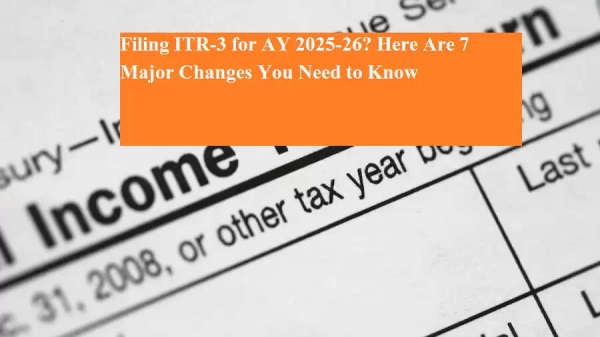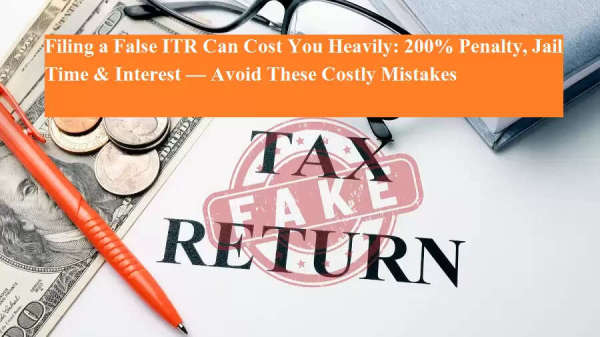
Investors cleaned money
Share market regulator SEBI recently stopped the American trading company Jane Street from trading in the Indian market. The company is alleged to have traded in future and option through its subsidiaries and scam of Rs 36,500 crore. Fraud of investors under the guise of call and put. Let us understand with this development what the call and put in the stock market. Why and how it is used.
Calls and put options in the stock market are two types of derivatives, which give investors the right to buy or sell a stock at a fixed price for a certain time, but it is not necessary that you have to do so. Through this, how do investors do trading. How to earn profits. Let's understand.
Call option
This is used when you feel that the price of stock is going to increase. Suppose, you took a call option, whose strike price (fixed price) is Rs 100. If the price of the stock is Rs 120, then you can buy it for Rs 100 and sell it for Rs 120. That is, there was a profit of 20 rupees per share. Meaning when you feel the stock market is going to run away. Then the call option is useful.
Put option
This is useful when you feel that the price of stock is going to fall. Suppose you took a put option, whose strike price is 100 rupees. If the price of the stock is Rs 80, then you can sell it for Rs 80 for Rs 80. That is, there will be a profit of Rs 20 per share again. It is used to make profits by using it in the negative trend of the market.
When does it use
Call and put option have been used to manage the deficit in the market. If the investor feels that the price of the stock may fall, then the put option may reduce the loss. At the same time, on the contrary, if he feels that the price of stock will increase, then he can earn more profits by taking a call option. They are also used for controlling risk or earning extra.
Jane Street scam like this
According to reports, Jane Street allegedly made heavy purchases in bank Nifty Stocks and Futures in the morning, causing the index to rise. Later, by the end of the day, she sold these holdings aggressively, leading to the index down. According to SEBI, this strategy created an illusion of wrong strength in the market, especially small investors that the index was actually increasing. In addition, Jane Street made large and target deal in the last hours of expiry day to affect the closing level of the index, which affected the option prices. In this way, Jane Street made a huge profit in the options market, while the small losses in cash and futures trade easily covered the profits from the options.









